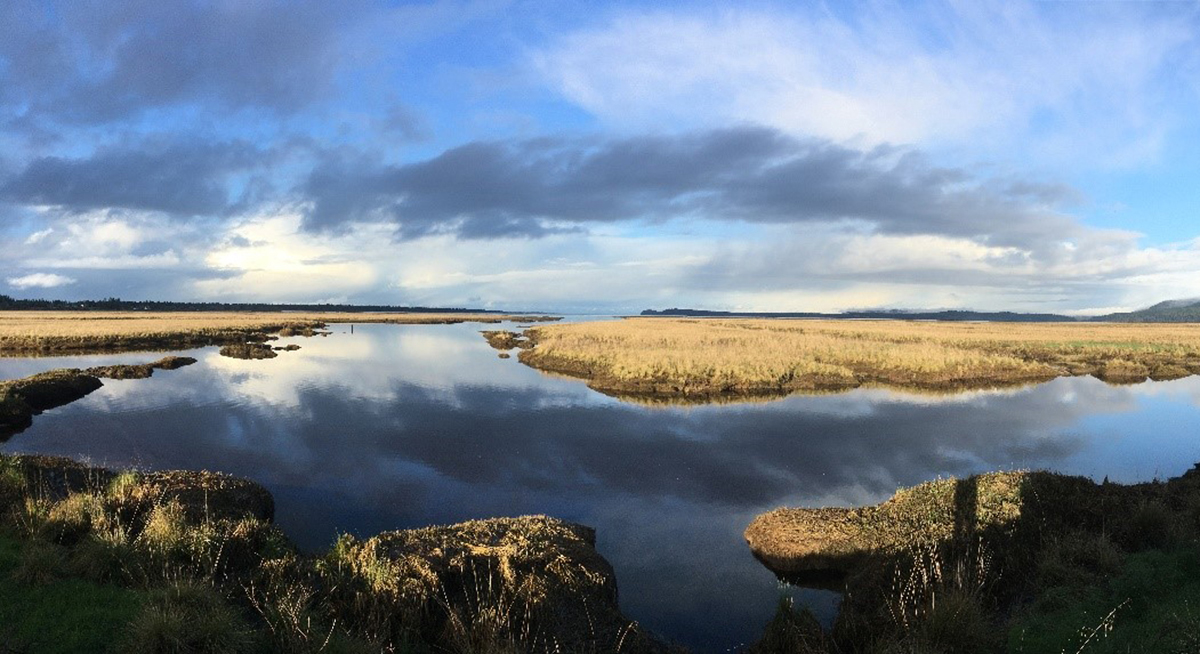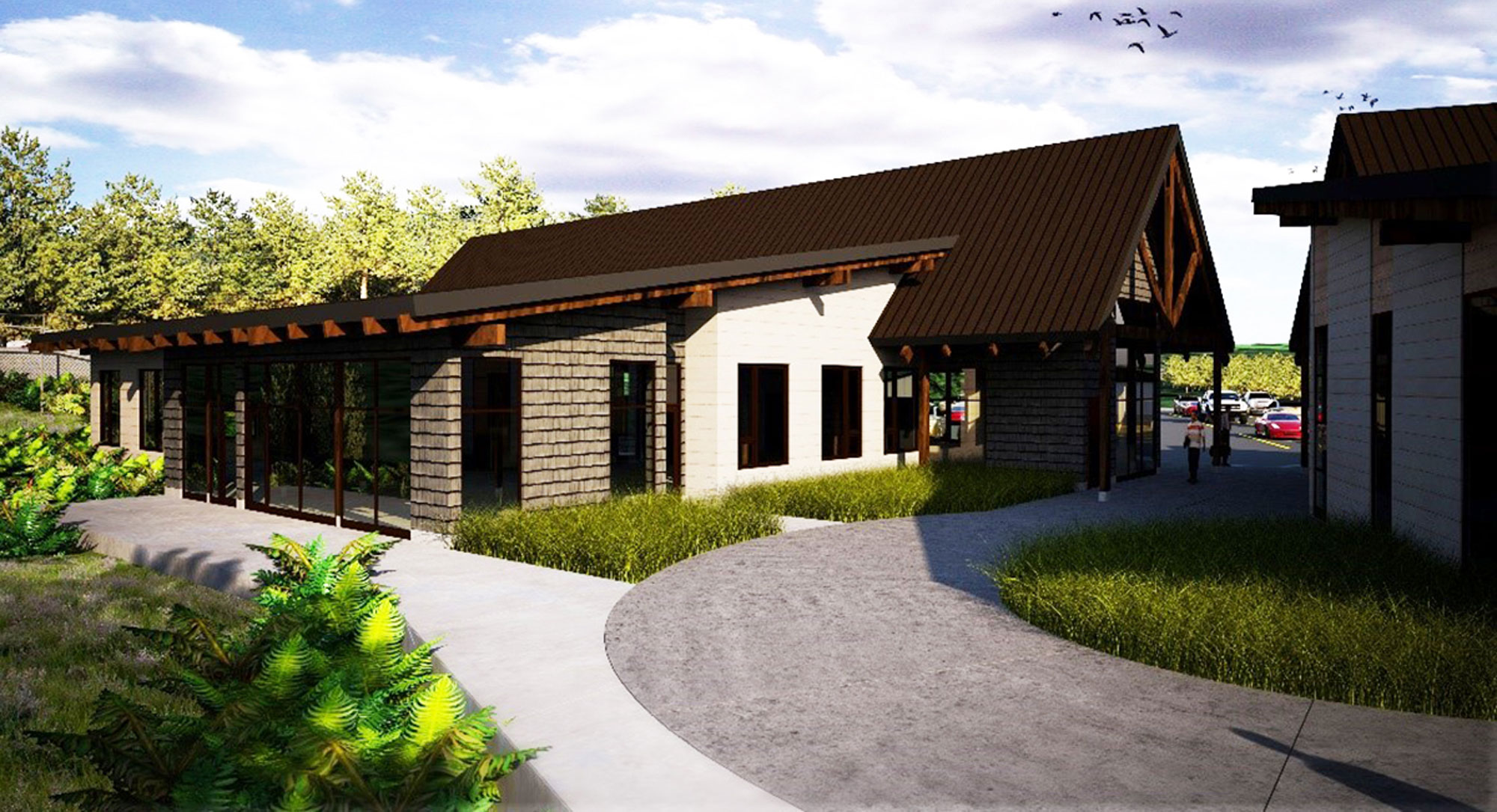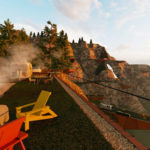#WLAM2019 | Embracing local ecosystems
For World Landscape Architecture Month, we’re taking a look at some of the ways we can push the boundaries in landscape architecture. The projects cover an array of concepts: site development that supports local ecosystems, the use of virtual reality in landscape design, and how nature-driven design can help facilitate healing well-being.
Our next project capsule looks at how we can embrace and support local ecosystems through knowledgeable and thoughtful landscape development.
Melding development, restoration, and education
Through thoughtful site development, we’re able to bolster natural systems and strengthen the landscape surrounding the Willapa facilities.
Angela Hansen
Landscape Architect
The Willapa National Wildlife Refuge in Washington encompasses salt marshes, tide flats, rain-drenched old growth forests, and dynamic coastal dunes and beaches. These diverse ecosystems make the area rich in wildlife, as well as rich in education and recreation opportunities.

Capturing the history of the nearby Long Beach community, our design team chose salt-box-inspired structures to be sited on the bluff overlooking the Willapa Bay and Pacific Ocean. They take full advantage of natural daylight through walls of glass, allowing light to flow indoors to meeting and work spaces, as well as provide for sweeping views of the bay, surrounding dunes, and beaches.
Incorporating sustainable processes to capture stormwater run-off and control water quality, the site development bolsters natural systems to support the landscape surrounding the facilities. Through a series of permeable pavement systems, rain gardens, and terraced landscapes, the site provides capture, storage, and release of 100% of the stormwater back into the natural water aquifer system.
The team also used restoration techniques to re-establish the forest understory and canopy, selecting native plant materials that will grow quickly, continue to enhance water quality, and eventually add to the rain forest prevalent along the coast.
Recognizing that these managed systems are perfect for educating visitors and students, the design team worked with the client’s visitor experience personnel to develop key locations within the site to tell the story of the refuge’s managed and natural systems, showcasing the refuge as gatekeeper to the regional water system.

The Willapa National Wildlife Refuge in Washington encompasses salt marshes, tide flats, old growth forests, coastal dunes and beaches. It serves as a gateway to the region’s water system and is made up of a variety of diverse ecosystems all interconnecting.
With an emphasis on getting visitors out into the refuge to experience it’s beauty and diversity first hand, the design team included trail head locations and informational kiosks throughout to provide learning opportunities. Drawing visitors into the forest and onto the bluff overlooking the Pacific helps facilitate the journey through the refuge with well-defined nature trails, down to the bay and coastal beaches beyond.

When designing the landscape features around the refuge administration building and nature center, our team carefully considered each element in order for the built spaces to enhance the visitor experience and also blend in with and support the natural ecosystems.
Read the previous #WLAM2019 post: Landscape design in a virtual world.


